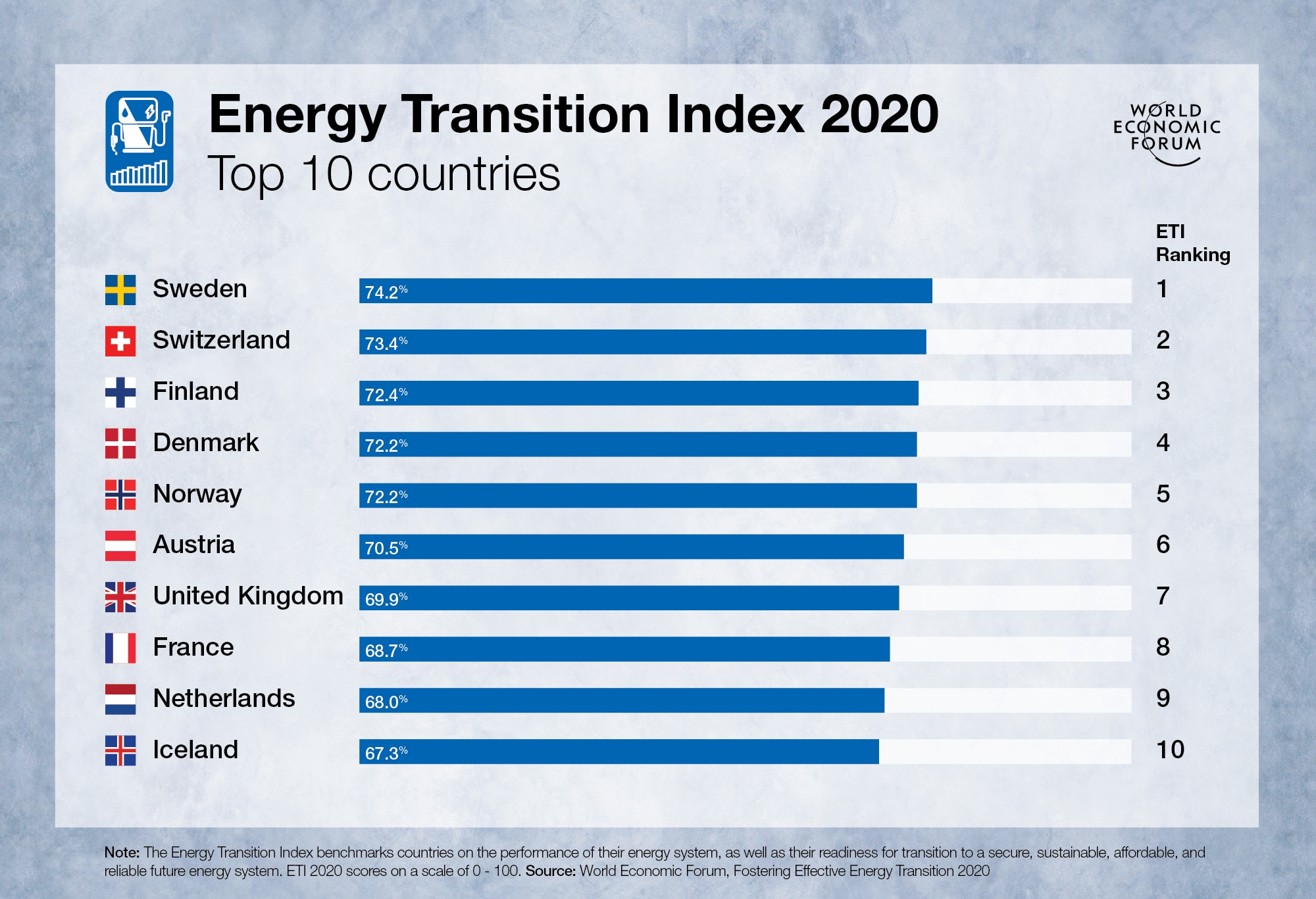- Solar panels can traditionally only produce power when the sun shines, but new developments are changing that.
- Scientists have developed solar panels that can work in the dark and be powered by rain.
- These innovations could transform solar into a 24-hour power source, helping with the world’s transition to net-zero emissions.
The biggest problem with solar power is that the sun doesn’t always shine. If solar panels can’t produce power at night, or when it’s cloudy, how can we rely on them as a round-the-clock source of electricity?

This is a problem scientists around the world have been wrestling with, and some are now developing innovative ways to overcome the issue.
Solar energy has been recognized as one of the best ways to provide power to some of the world’s poorest people, with the price of panels down by 80% over the past decade. The World Economic Forum’s 2021 Energy Transition Index highlighted the potential of solar power to improve the lives of people in sub-Saharan Africa, where it says 44% of the population has no access to electricity.
These three innovations could help make more widespread solar power a reality.
1. Solar power in the dark
Who says solar panels don’t work in the dark? In a breakthrough promising 24-hour reliable renewable energy, scientists have tested panels that keep producing power even when the sun goes down.

Solar panels can now keep generating power even after sunset. Image: Unsplash/Karsten Würth
Conventional solar panels only work in daylight, so you need expensive battery storage to enable solar-produced power to be used at night. Now a team at Stanford University in the US has tested solar panels that keep generating electricity around the clock.
Their innovation takes advantage of the fact that solar panels cool at night. Power can be generated from the temperature difference between the cooling panels and the still-warm surrounding air. This is done using a thermoelectric generator, which produces power as heat passes through it.

Thermoelectric generators can produce power using the temperature difference between cooling solar panels and the surrounding air. Image: Applied Physics Letters
The panels were built using easily available components and the team says they offer the potential to provide a continuous reliable power source for the estimated 750 million people around the world who lack access to electricity at night.
The thermoelectric generator also boosts output from solar panels during the day by running in reverse, producing electricity as the panels heat up. It should be straightforward to upgrade existing panels in this way, the Stanford team says.
2. Rain-powered solar panels
The volume of power output from conventional solar panels varies with the intensity of sunlight, and it’s not just the sunset that can reduce their power. Heavy clouds and rain can make them less effective. But scientists from Soochow University in China believe they have solved this problem.
DISCOVER
What’s the World Economic Forum doing about the transition to clean energy? Show more

Anyone who has been caught in a downpour can attest to the impact of heavy rain. The Soochow team has taken the friction generated by raindrops landing on and running off solar panels and used this to create electricity.
They placed a transparent layer containing a triboelectric nanogenerator (TENG) over a conventional solar panel. The TENG converts motion – in this case, the impact of raindrops – into energy.
As well as boosting power output on rainy days, the friction-powered panels can also produce electricity at night if it rains. The scientists say their solar panels offer “an efficient approach to collect energy from the environment in different weather conditions”.
3. Robot cleaners for solar farms
Just as clouds and rain can block out the light to solar panels, so too can dust and dirt. In fact, research shows that dust, water, sand, and moss accumulating on the surface can reduce the output of solar panels by as much as 85%.
Cleaning a large solar installation is both time-consuming and expensive. Manual washing with a brush and water would cost $2 million over a 10-year period, one study for a utility-scale solar plant estimates. But if it’s not done regularly, the grime will eventually become cemented to the panels, reducing solar generation.

Solar panels need to be cleaned regularly to ensure the highest possible level of power generation. Image: Ecoppia
Step forward autonomous dry cleaning robots. Powered by an onboard solar panel, the robots work at night to limit the disruption to the panels. Using microfibre cloths and jets of air, one year of their use has saved enough water to meet the needs of 220,800 people.
The robot cleaners’ performance is monitored by artificial intelligence software that plans preventative maintenance to avoid breakdowns. They are already being used to clean millions of solar panels at 30 large-scale solar projects, from Chile to India.





Can you be more specific about the content of your article? After reading it, I still have some doubts. Hope you can help me.